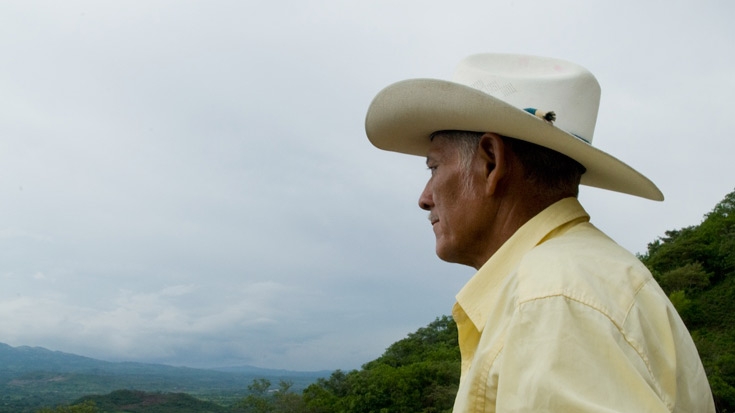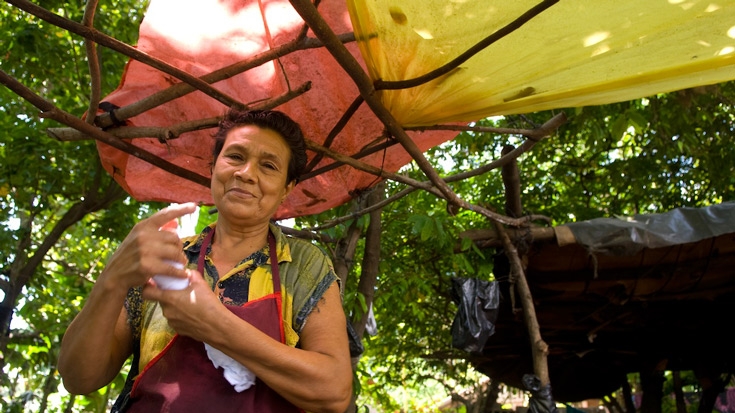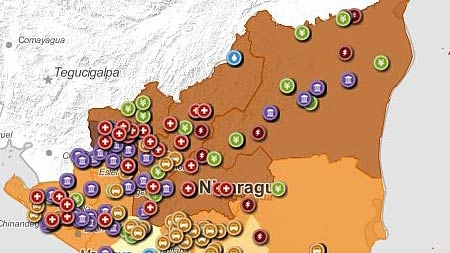Challenge
Securing property rights and modernizing land administration was central to Nicaragua’s social and economic development. The country experienced years of contradictory legal and administrative decisions that contributed to land tenure insecurity and undermined the population’s confidence in state institutions. In 2002, poverty was overwhelmingly concentrated in rural areas and the country was emerging from a post-conflict situation. It was estimated then that over one third of rural land was held without a clear title.
The share of land with no or improper documents was critically high among poor, small-scale producers. Land conflicts due to overlapping claims were numerous. Long-term insecurity of tenure posed particular challenges to agricultural growth, natural resource preservation, and social fairness and cohesion. The land claims of indigenous peoples, some of the most disadvantaged and poorest rural groups, remained mostly unaddressed. There was also an urgent need to promote gender equity in land ownership because past agrarian reform programs and inheritance laws had favored males.
Approach
To address the above challenges, the Bank supported Nicaragua through the Land Administration Project - PRODEP, which implemented an approach focused on legal and policy changes, institutional consolidation, organizational capacity building, modernization of land records and information systems, and extensive piloting and implementation of regularization and demarcation initiatives. Three fundamentally important laws were passed and implemented: Titling of Indigenous Peoples’ Lands Law (2003); Cadastre Law (2005); and Public Registry Law (2009). This legislation provided clarity and fairness to processes of demarcation and titling of indigenous communities as well as to cadastral and registration activities.
The adequacy of the project’s implementation framework was then tested through an extensive pilot regularization program focusing especially on small rural producers and urban households in medium-sized towns, in specific departments where poverty levels were highest. The territories of historically marginalized indigenous communities in the Caribbean Region were demarcated and collectively titled to better protect their asset base in a changing economy, and vulnerable protected areas were also demarcated for the first time. These processes were supported by alternative conflict resolution that has contributed to social peace and cohesion.



